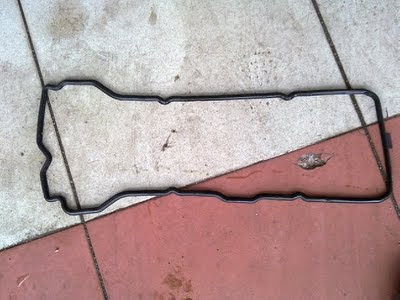
Nissan Almera actually is not seen in the Malaysia local market as it's brand name is mainly for the European export market-name, the nearest comparable version to the local Nissan model should be the Sentra.
And for the latest Almera and Sentra N16 series, there are one type of common engine use which the engine code is QG16.

But there are a slightly modification on the rocker cover side on Almera QG16 engine, their rocker cover design seem more close to the type of QR20 engine.









